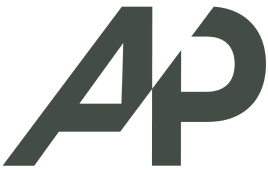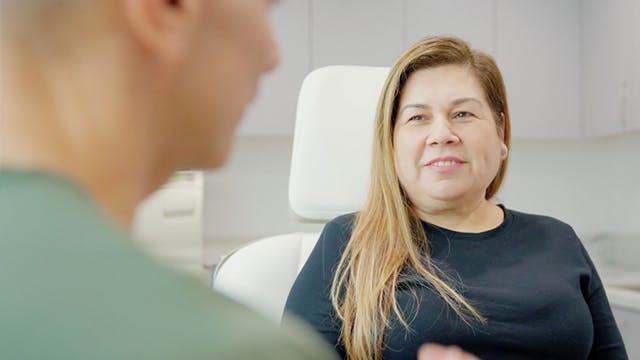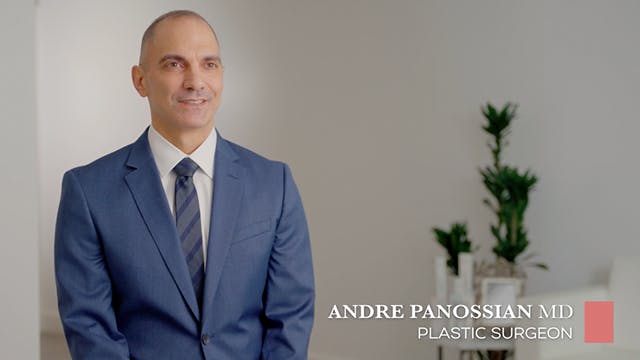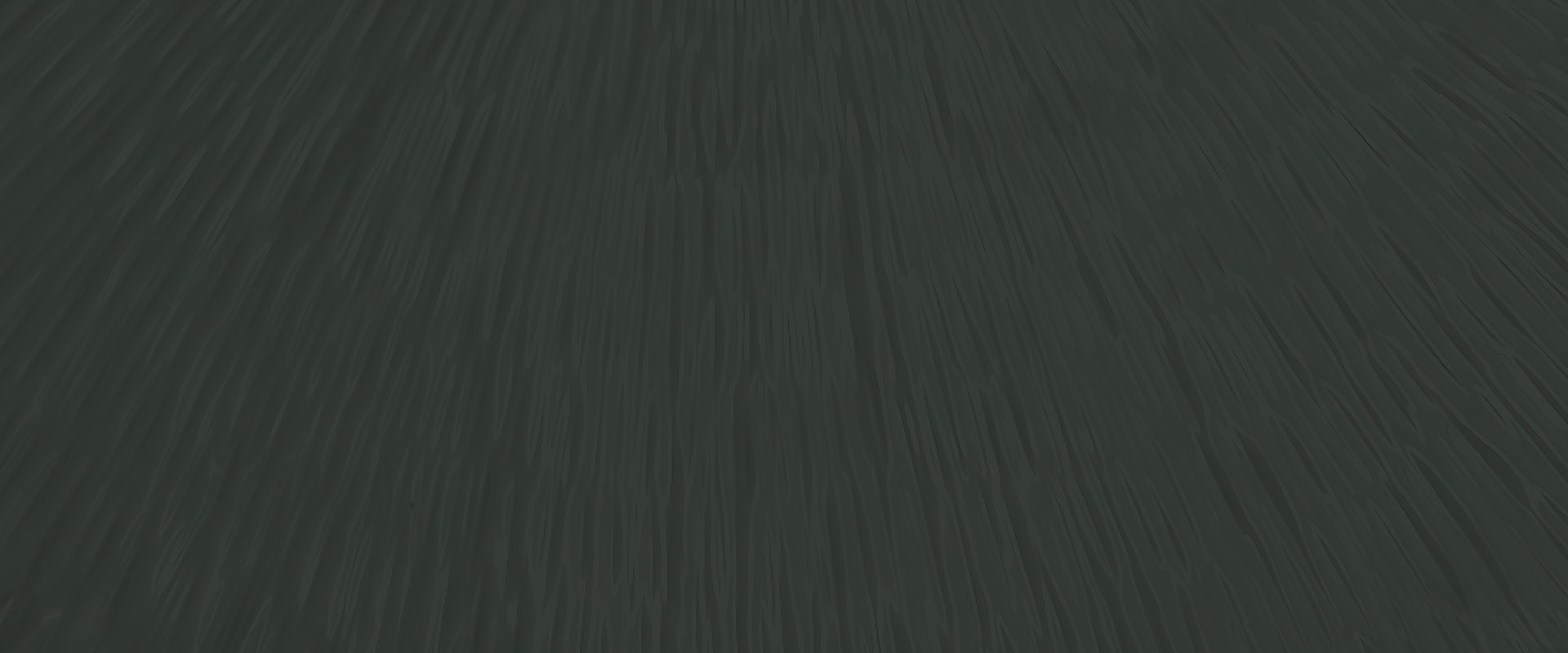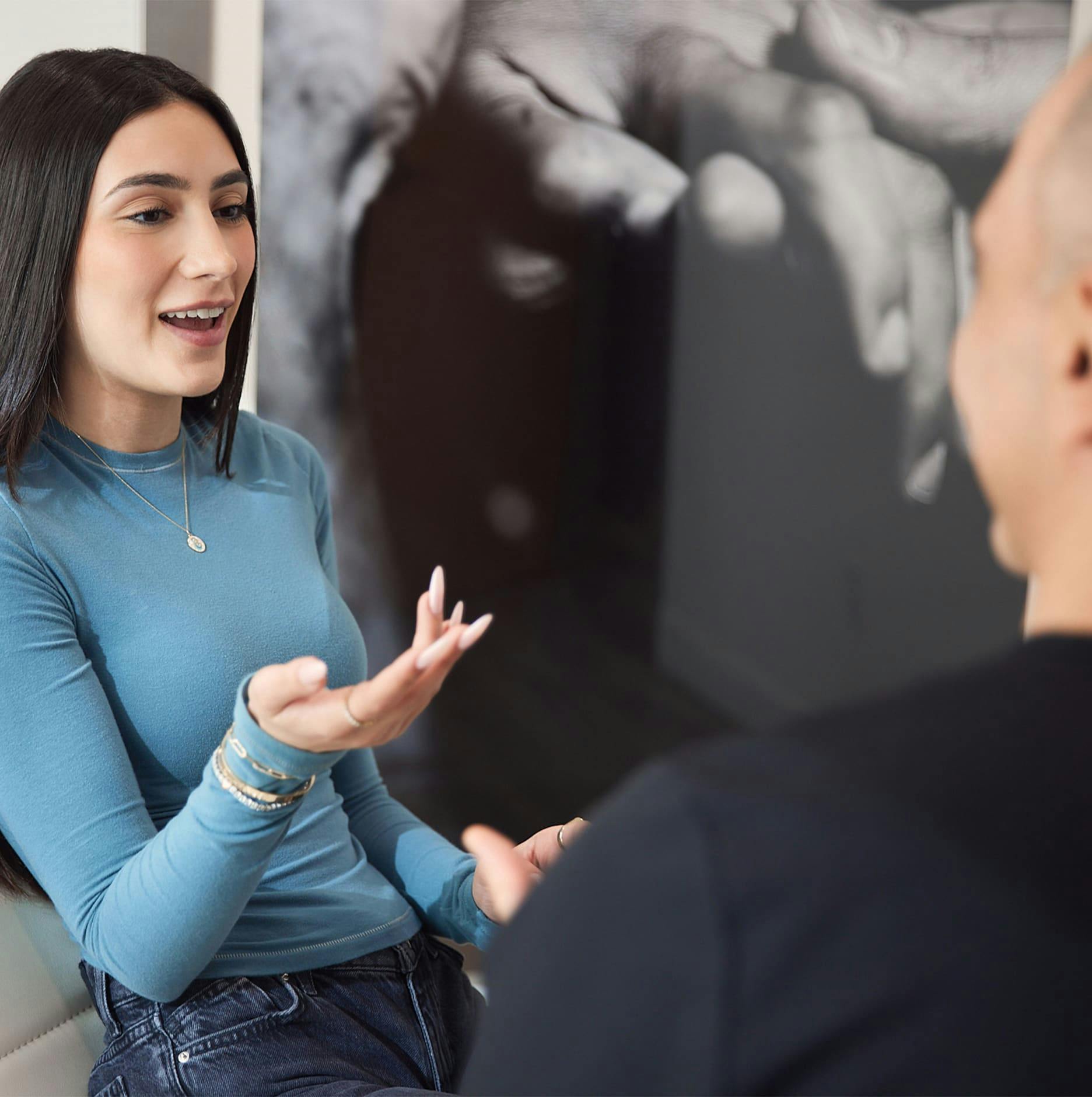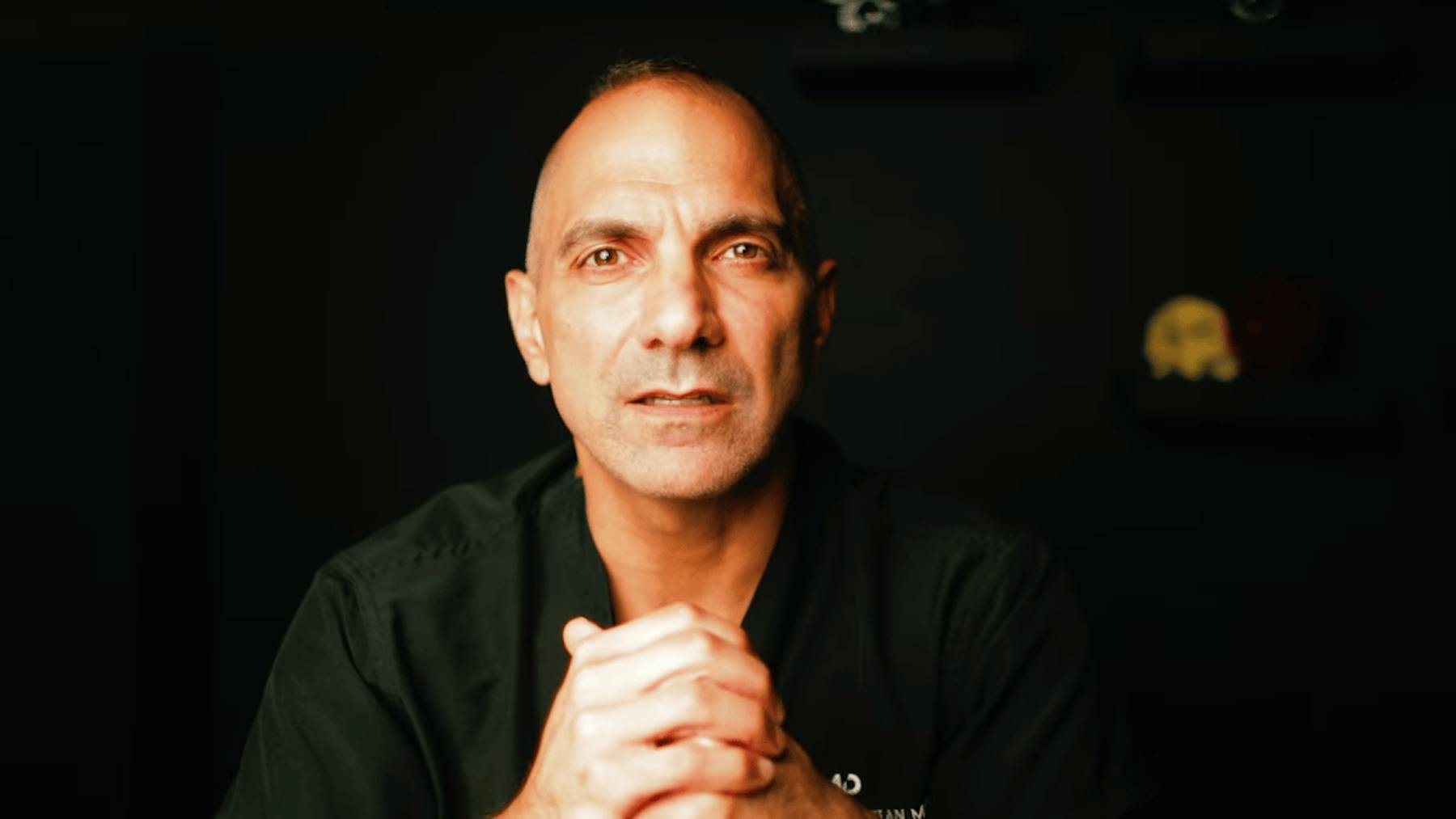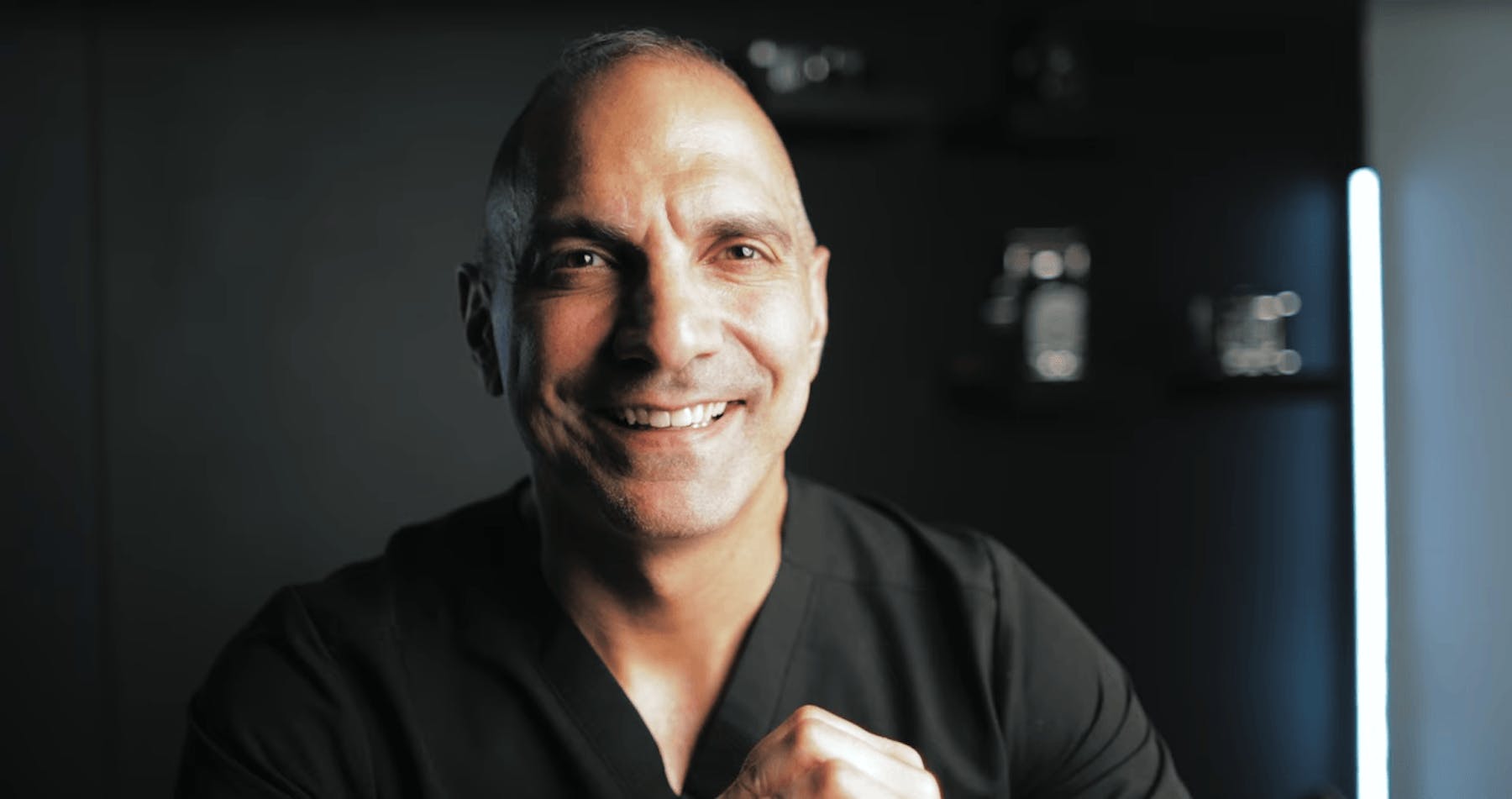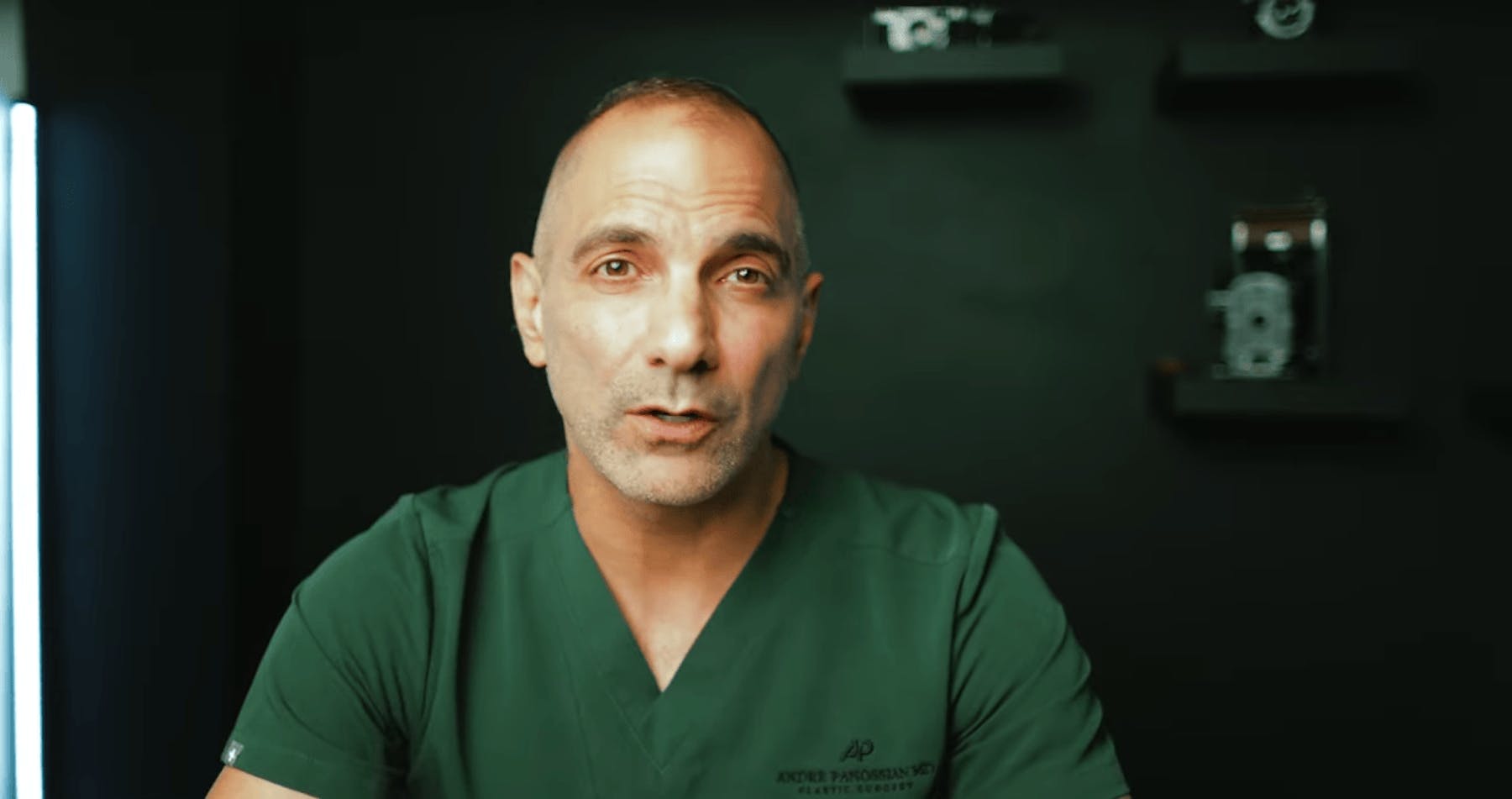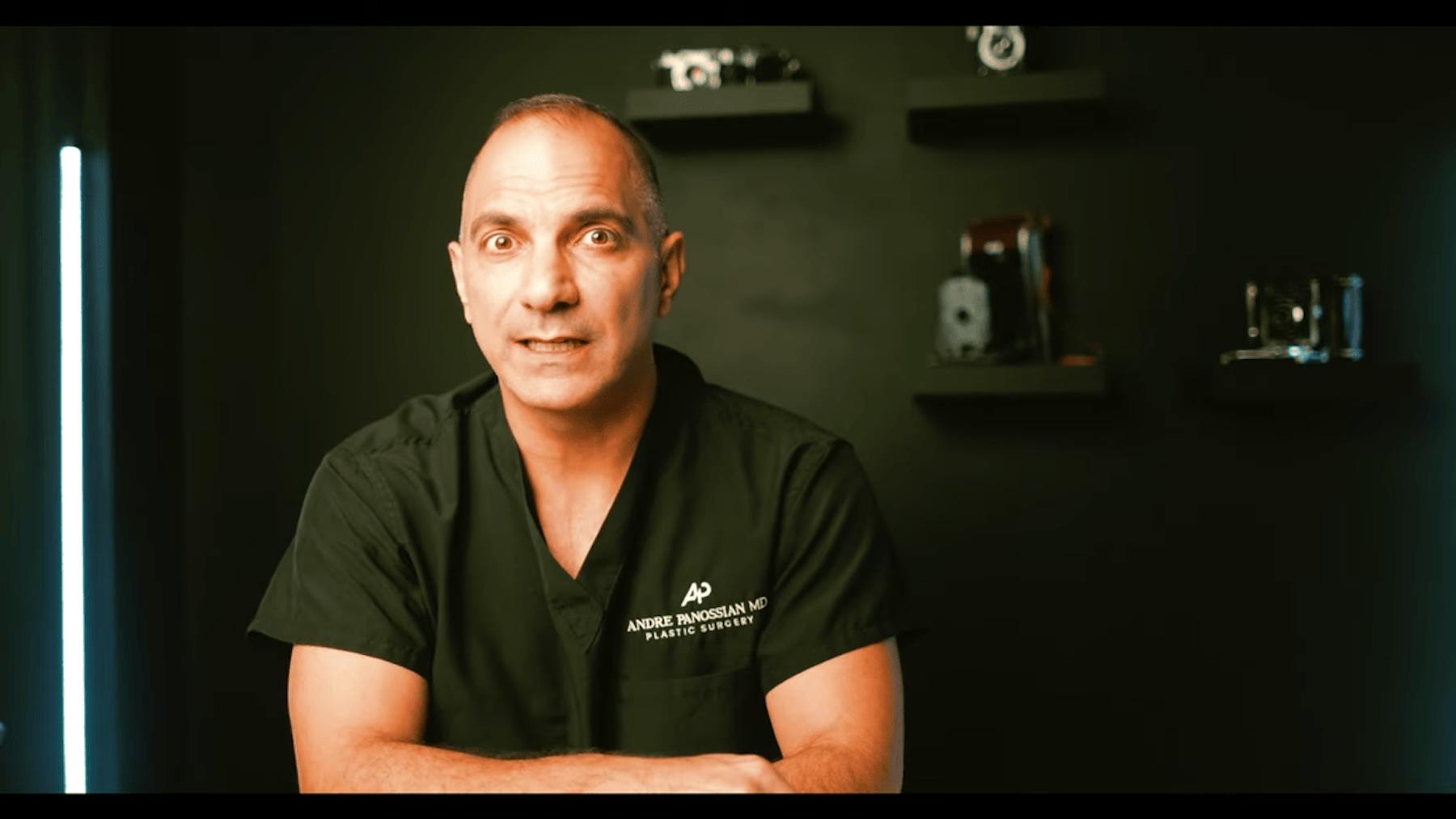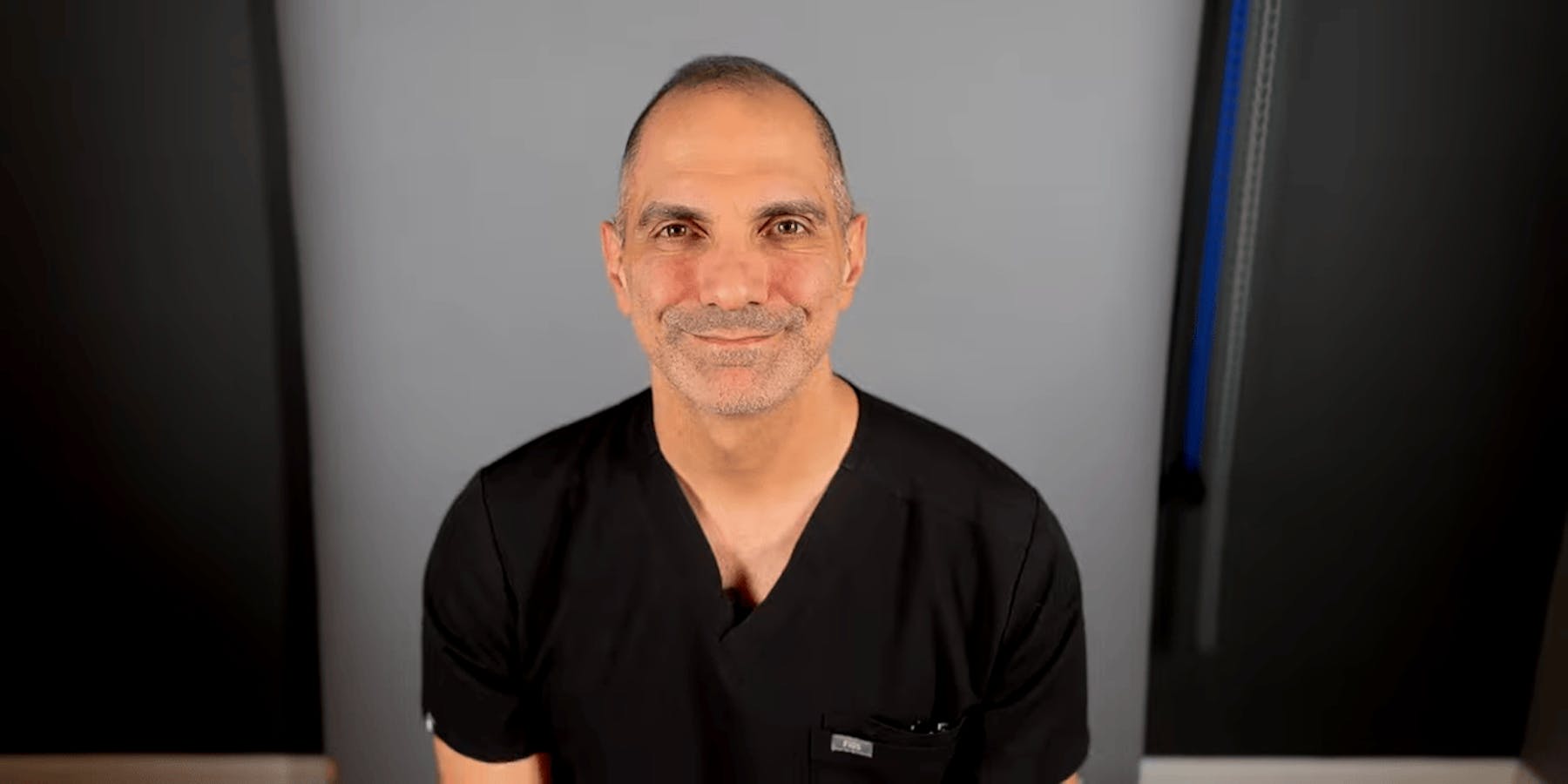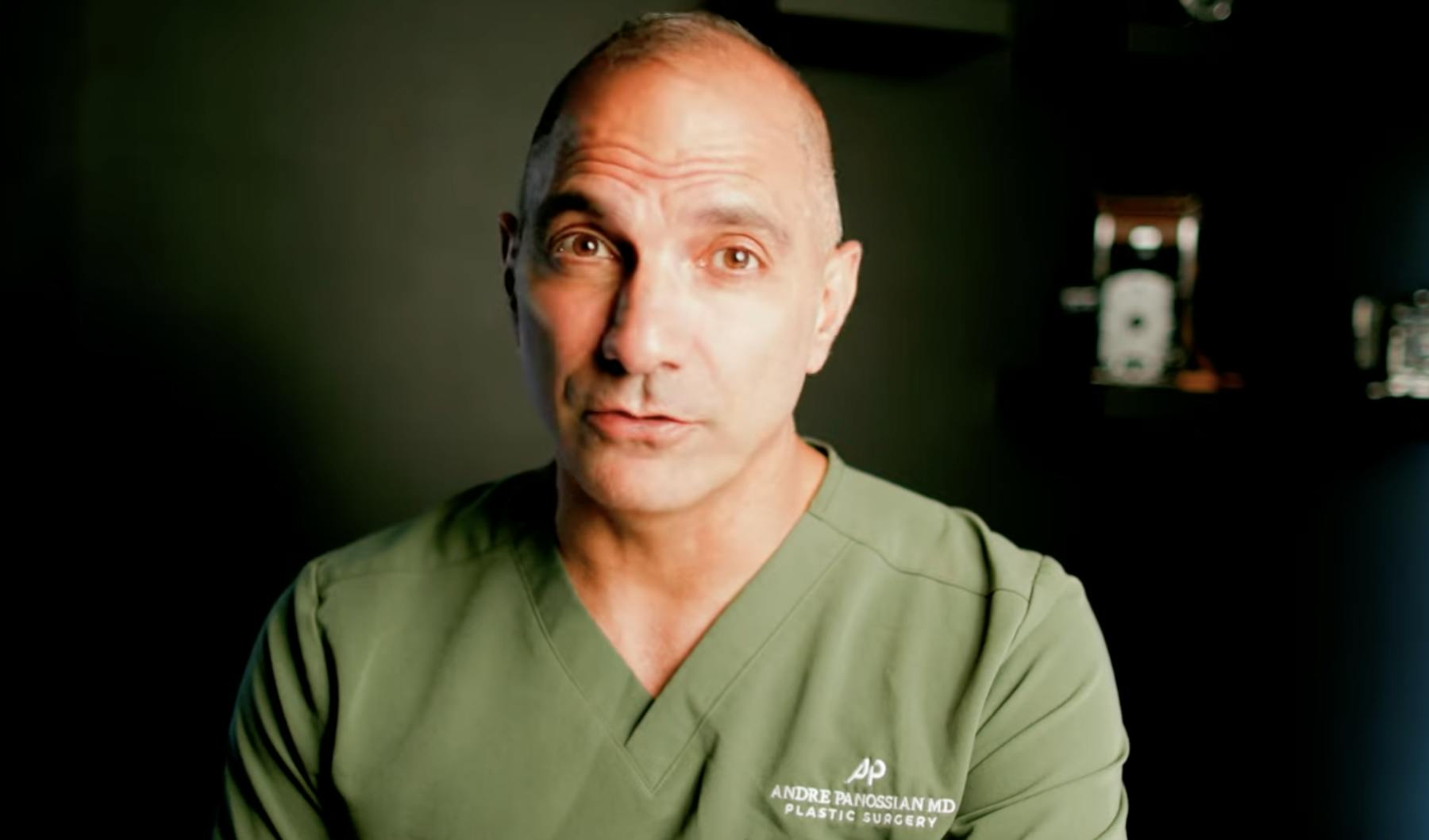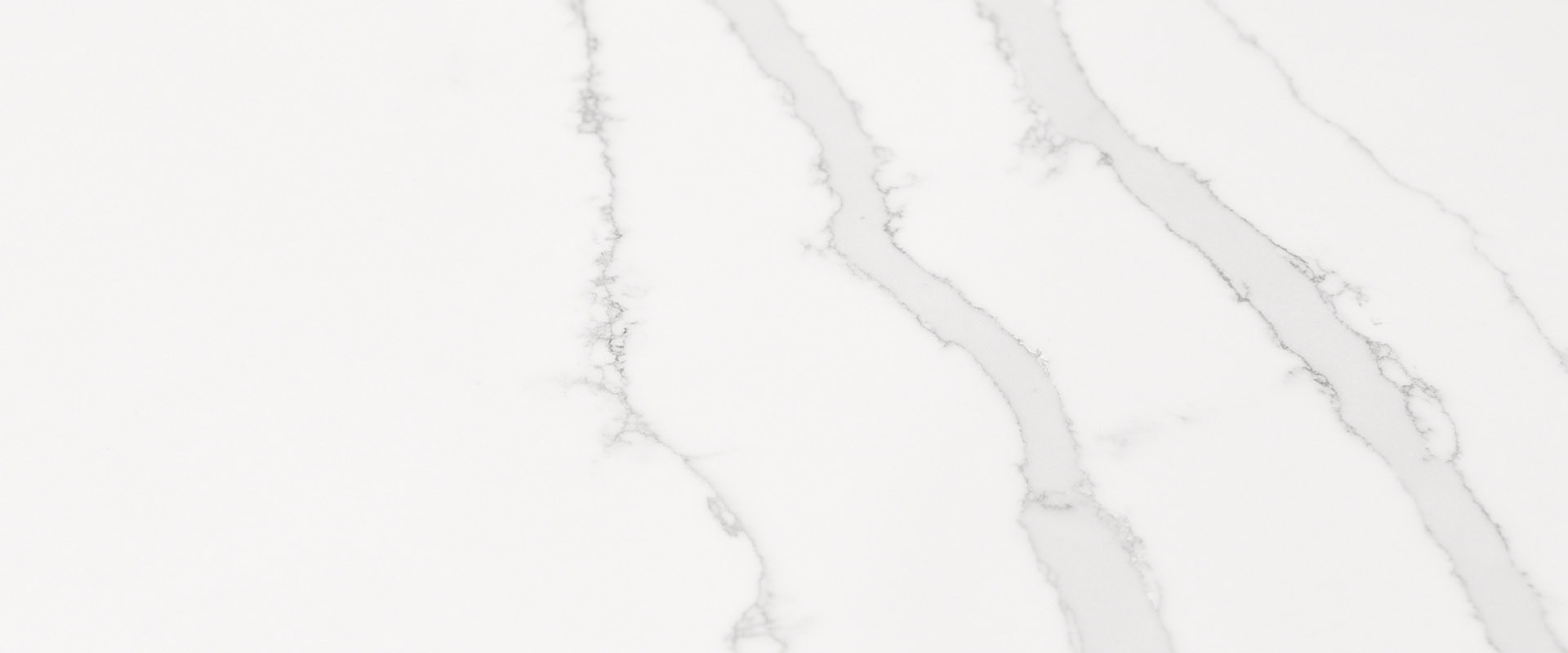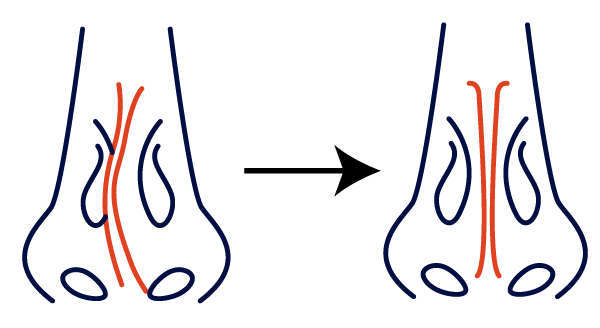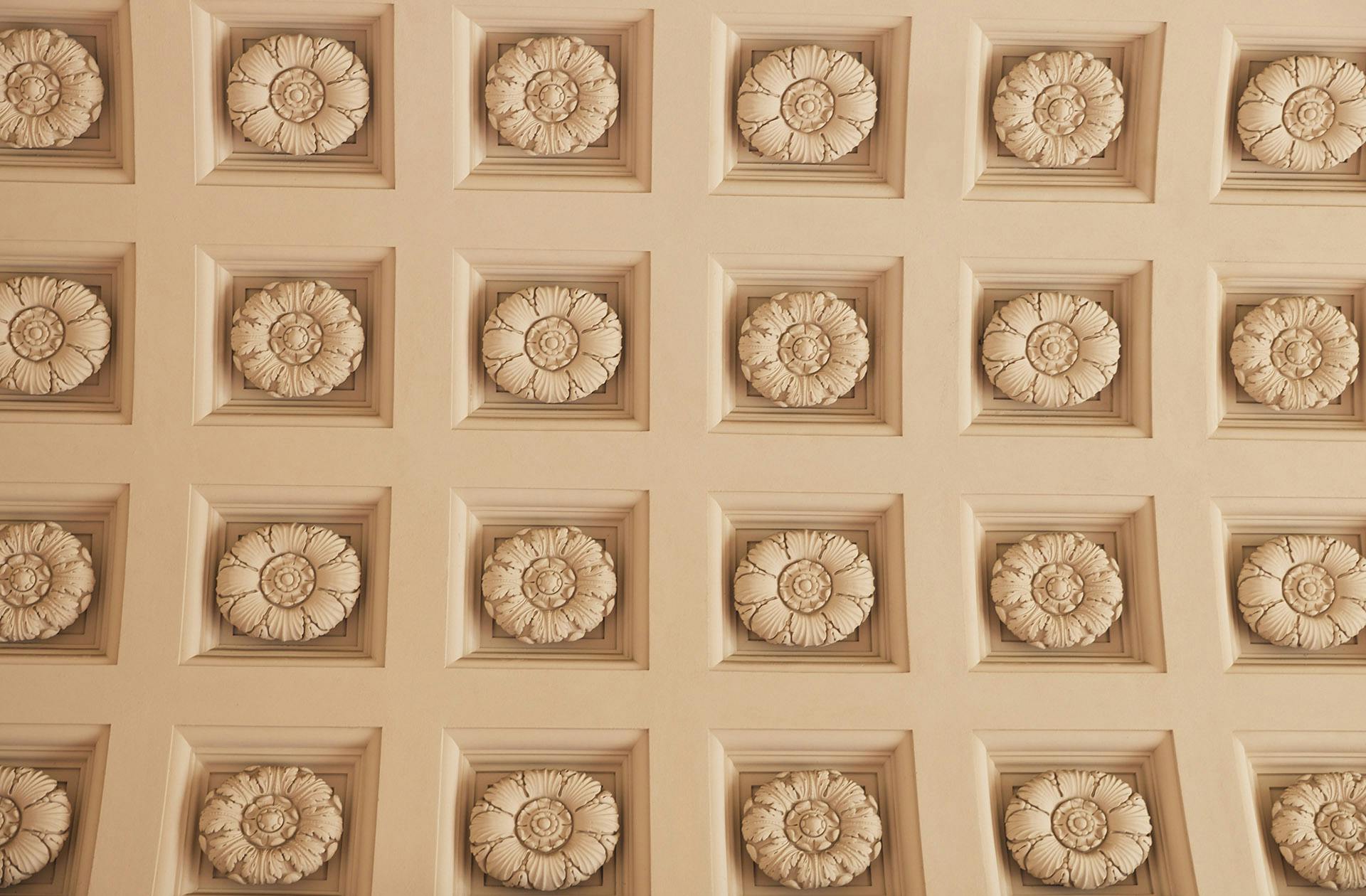Are you unhappy with the shape or size of your nose? Rhinoplasty, also known as a nose job, can refine the shape of your nose and enhance the appearance of your mid-face.
Rhinoplasty Videos
Rhinoplasty FAQs
What is the difference between rhinoplasty and facial rejuvenation?
Will I get my preferred results from a nose job surgery?
Is rhinoplasty painful?
How long does rhinoplasty take?
What conditions does rhinoplasty treat?
How much does rhinoplasty cost?
What can I expect during my rhinoplasty consultation?
What are the risks and potential side effects of rhinoplasty?
What is the difference between rhinoplasty and facial rejuvenation?
Rhinoplasty is a cosmetic surgical procedure that aims to enhance the aesthetic nasal appearance. Patients may choose a nose job because they feel they have an undesirable nose size and shape or their nose does not harmonize with their other facial features. On the other hand, facial rejuvenation is typically performed to correct signs of aging like lines, wrinkles, and skin laxity. The nasal tip can also appear droopy as we age; in these cases, rhinoplasty may be incorporated into a facial rejuvenation treatment plan to meet the patient's beauty goals.
Will I get my preferred results from a nose job surgery?
Dr. Panossian will inform patients of any known limitations of their planned rhinoplasty. To help patients visualize how they may appear after the surgery, he can provide results from former patients and explain how each part of the nose can be altered. Results may not be exact, but plastic surgery is a fine-tuned hybrid of science and art, and Dr. Panossian can meld the two to achieve a very attractive nose for each patient.
Is rhinoplasty painful?
While it is normal to experience some discomfort following surgery and during the early phase of the healing process, patients can take many steps to mitigate pain. Medications that help control swelling, infection, and pain may be administered during the procedure or prescribed before the rhinoplasty surgery date. Patients are encouraged to gently apply a cold compress as needed, to lie down with their heads elevated, and to avoid looking down and bending over for the first week to help relieve any pressure and to manage pain better. Pain tolerance varies from patient to patient, but the operation is generally tolerated well.
How long does rhinoplasty take?
A rhinoplasty procedure can take one to three hours, depending on the complexity and techniques used. Simple procedures can be completed in about an hour, while more complex ones may take up to three hours. The surgeon's expertise and the patient's needs also affect the surgery length. Patients should discuss the duration and details of their procedure with their surgeon during the consultation.
What conditions does rhinoplasty treat?
Rhinoplasty, performed by Dr. Panossian, addresses a range of nasal conditions, including nasal obstructions, crooked nose, saddle nose deformity, deviated nasal septum, asymmetric or wide nostrils, pollybeak nose, dorsal hump, droopy or bulbous nasal tip, nasal valve collapse, upturned nose, and birth deformities. Through precise surgical techniques, patients experience both functional improvements and desired aesthetic enhancements.
How much does rhinoplasty cost?
Dr. Panossian's rhinoplasty costs are tailored to reflect the personalized care and expertise integral to the procedure. Factors influencing cost include procedure complexity, surgeon expertise, and clinic location. Additionally, costs may vary based on patient needs, goals, and surgical techniques employed. It's essential to consider additional expenses like anesthesia, facility fees, preoperative tests, and postoperative care. During the consultation, Dr. Panossian provides a comprehensive overview of the financial investment required to achieve the desired results.
What can I expect during my rhinoplasty consultation?
During your rhinoplasty consultation with Dr. Panossian at Andre Panossian MD Plastic Surgery, located conveniently in the heart of Pasadena, you can expect a thorough assessment of your health status and aesthetic goals. Dr. Panossian will review your medical history and discuss your desired outcomes. Based on your unique anatomy and preferences, he will recommend suitable treatment options, including alternative procedures or additional surgeries. Dr. Panossian will outline a preliminary treatment plan and explain the two main rhinoplasty techniques: open rhinoplasty and closed rhinoplasty. Open rhinoplasty involves an incision in the columella, while closed rhinoplasty accesses nasal structures through internal incisions. The choice between techniques depends on your goals and nasal anatomy.
What are the risks and potential side effects of rhinoplasty?
When performed by an experienced, board-certified surgeon like Dr. Panossian, rhinoplasty risks can be minimized but not eliminated. Potential side effects include bruising, swelling, tingling sensations, pain, nasal congestion, infection, and the need for revision surgery. Dr. Panossian ensures thorough preoperative assessments and detailed discussions to mitigate these risks and achieve optimal results.


